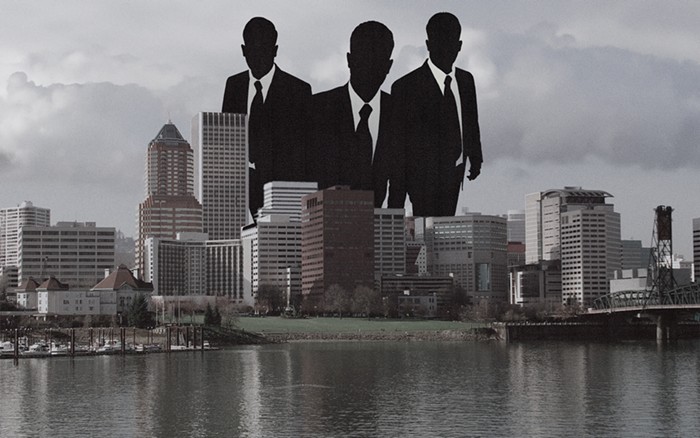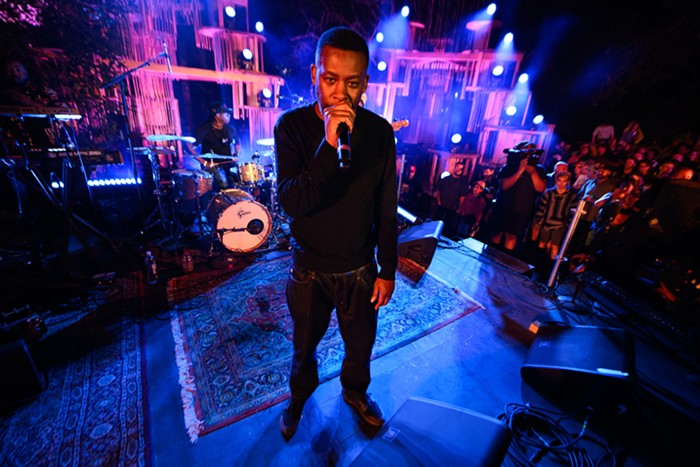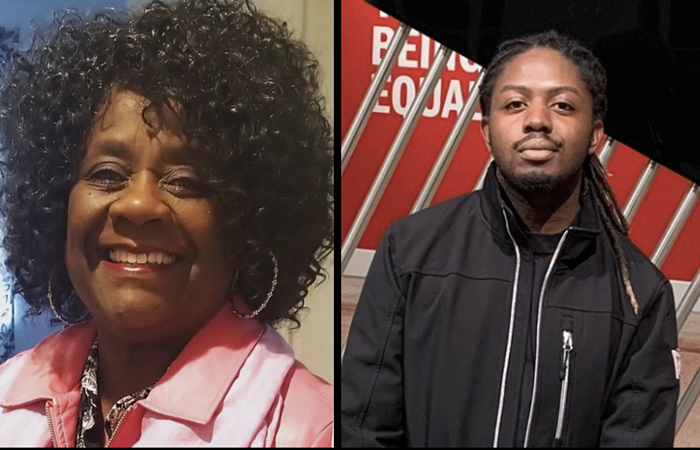
The first ten minutes of Death on the Nile are an artistic black-and-white origin story for Hercule Poirot’s mustache. Later, we see that he sleeps wearing a custom-made face mask in the shape of said mustache. “Enough already about the mustache,” I thought, but I was wrong. It was worth it. There is a payoff to all the mustachery. The mustache is the crux of Poirot’s greatest mystery of all, that of his own broken heart.
The pleasure of a great whodunnit (and nearly all of Agatha Christie’s whodunnits are great) is in the noticing of things, and there’s lots to notice in this adaptation of her 1937 novel. A group of eccentric aristocrats has gathered in Cairo to celebrate the marriage of two controversial figures; and wouldn’t you know it, every single one of those guests has a bespoke, artisanal motive to resent the happy couple. Even before the game is afoot, we are in noticing-mode: When one character conspicuously complains that her red paint has gone missing, a ripple of laughter ran through the audience at this obvious planting of a clue.
Poirot’s final-act unraveling of clues such as these is quite satisfying, a tasty explication of the hints that had been hiding in plain sight. But after our hero flamboyantly solves the titular death, as we knew all along that he would, there’s a much grander reveal to a mystery that is layered into the story so subtly that the audience might not even notice it was there to be solved.
This new adaptation makes several changes to the original work, most of them successful — in particular, the cast of characters has been shuffled, consolidated, and given much richer backstories. The strongest change is the adaptation of the book’s novelist-and-daughter pair into the film’s blues duo, played by Letitia Wright (alas, a vaccine skeptic) and Sophie Okonedo, two confident and assertive characters who are evenly matched with the greatest detective in the world.
Less successful is the addition of nearly an hour’s worth of prologue. It almost works — the first half of the film gives us time to meet our cast of soon-to-be suspects and acquaint us with each one’s peculiar motives. But then we meet them again. And again. And again, in a ludicrous scene in which the camera slowly pans across a room and an off-camera character narrates each one’s defining qualities. Okay, thank you, can we get to the death now?
As I waited for the backstory to end and the story to begin, which happens about halfway into the film, I found myself thinking about the really solid episodes of Murder She Wrote. (About a third of MSW’s episodes are solid.) When that show is firing on all cylinders, the audience is carried along like a canoe on a fast river from the very first scene, pulled continuously ahead by eddies and whirlpools in the plot. The best episodes have Jessica Fletcher gazing sagely as the episode’s guest-players squabble until finally a body is found, with tasty pulpy feuds keeping the audience occupied so we never feel like we’re sitting, bored, in the waiting room of a mystery’s office.
Alas, Death on the Nile delays its intrigue by presenting, then re-presenting, then re-re-presenting the characters. A twenty-minute version of the film’s first hour would be perfectly satisfactory. Even better would be a version in which we are allowed to see the interpersonal conflicts, rather than being retrospectively informed of them in the second half. Once the mystery begins, the film is a wonderful romp, easily re-watchable; but the first half is a mind-wandering snooze.
That’s a shame, because every performance is a delight. What a cast! Annette Benning is a treasure as the no-nonsense matriarch who, upon being told that she simply must meet Hercule Poirot, responds with a withering “why?” and then informs our hero that he is “quite the most ludicrous man I have ever seen.” I nearly cheered when French & Saunders walked through the door of the hotel. Russel Brand is criminally underused as a nervous doctor (though he's ALSO a vaccine skeptic, geez). And it cannot be overstated what a joy it is to watch Sophie Okonedo; when told that her hat is several years out of date, she replies with milk-curdling acidity, “not when I wear it.”
Kenneth Branagh as Poirot (and the movie’s director) is great fun as well, a mostly-confident sometimes-mumbling little profiterole of a man. There is an intriguing scene where he walks up to the edge of vulnerability, reflecting on his past life before “I became whatever it is I am.” Everyone in this mystery has been damaged by love, and the scars on their hearts are worn plainly for all to see. Poirot’s wound is greater than all of theirs, but it is both expertly obscured and worn in plain sight — until, in a startling reveal, it is not.
There is a moment of violence near the end of the film that drew sincere gasps from the audience at the screening that I attended, and the mystery’s twist is indeed a genuine shock. But that surprise is nothing compared to what follows: A nonverbal confession from Poirot that transforms our understanding of the character, and reveals that the murder we thought we were here to solve was simply an excuse to explore an even more mysterious man.
Death on the Nile is now playing in theaters.


















